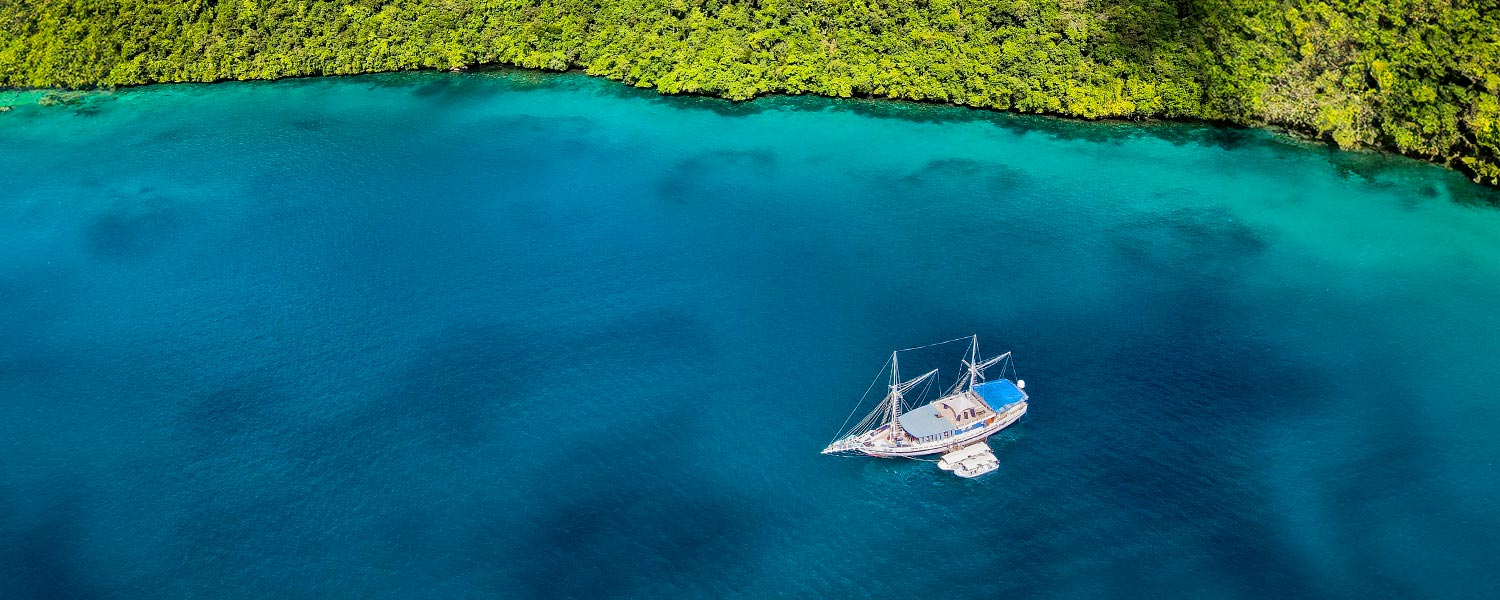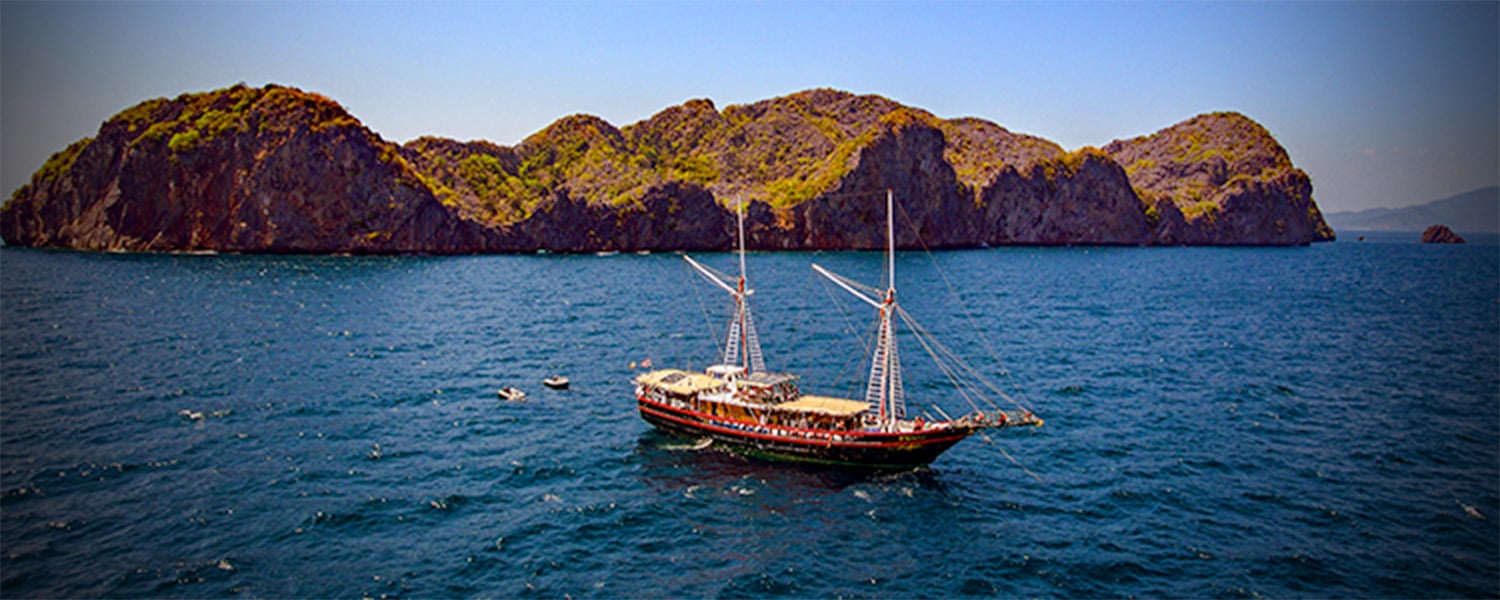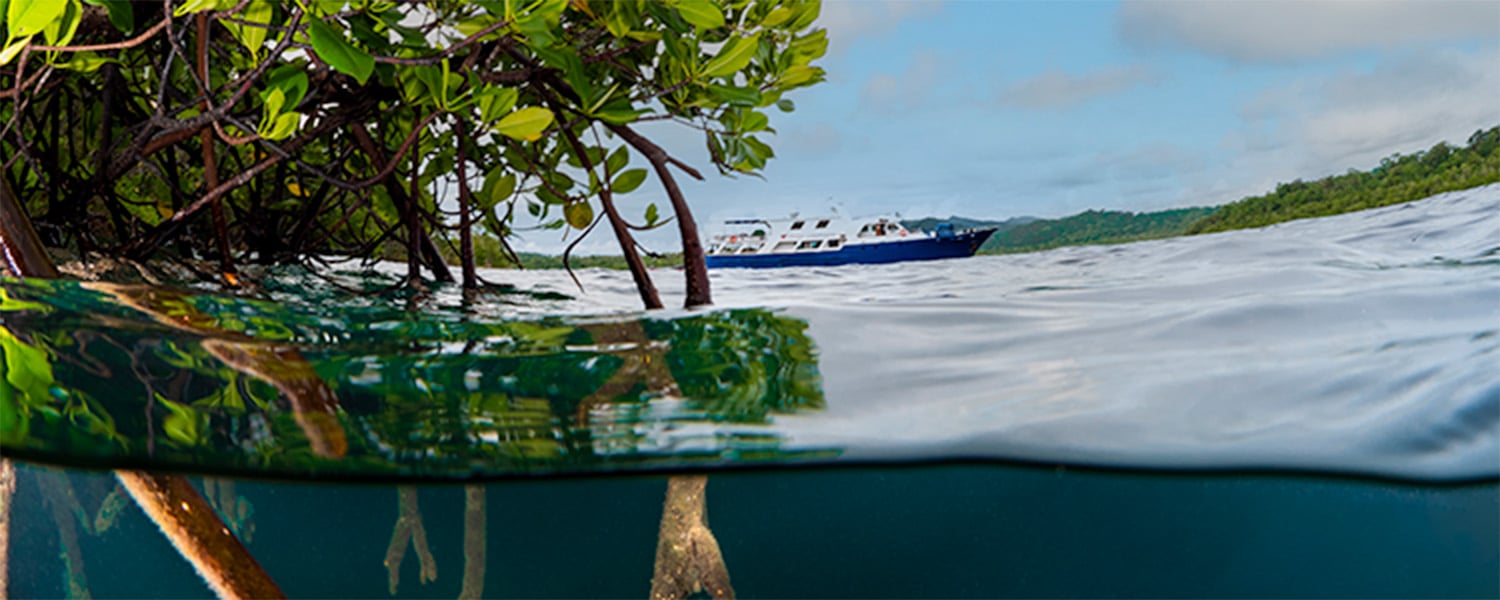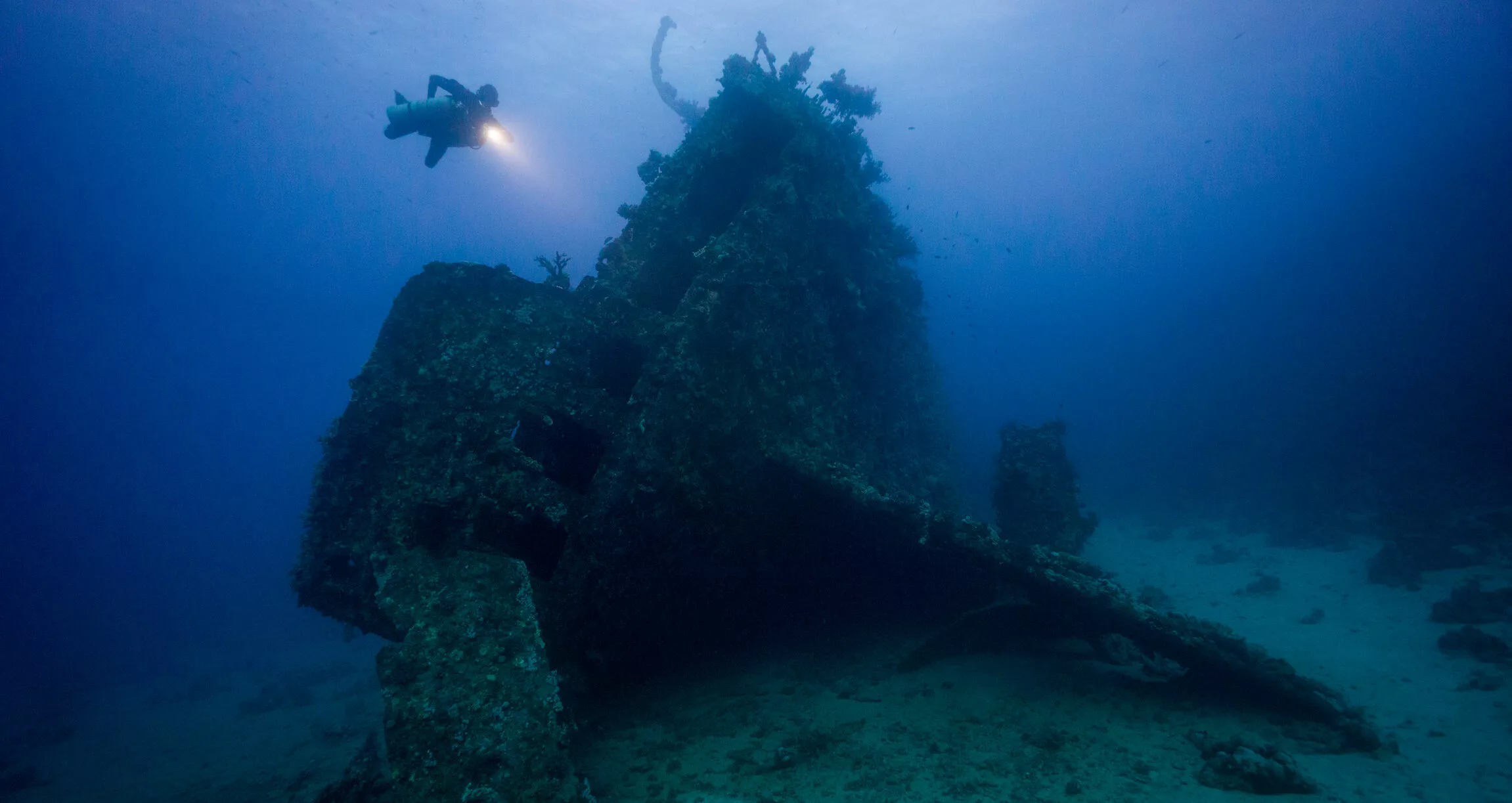For this fourth edition of Safety First series, let’s navigate how emergencies and crisis are managed. Ensuring the safety of our fleet and, more importantly, all individuals onboard is of the utmost importance to Master Liveaboards. Our protocols, which we are outlining in this series Safety First, go a long way to ensure we meet this goal.
Even in the best of the worlds, incidents happen. As the saying goes, “it is not a matter of if, it is a matter of when”. Preparedness and robust procedures are essential, not only to minimise the chances of incidents, but also to minimise the effects of those incidents.
Standard Operating Procedures (SOPs) for Emergencies and Crisis Management
Crisis situations, such as accidents, natural disasters, or security threats, require well-defined SOPs to ensure a swift and effective response. We have therefore established clear procedures for crisis management with a dedicated crisis team and safety committee. Our SOPs are as follow.
Emergencies and crisis Plans
These are detailed plans to respond to any type of emergency taking into account various crisis scenarios. These include procedures for reporting incidents, notifying relevant authorities, and coordinating with emergency response teams.

Command Structure and Communication Protocols
Clear command structures are established, designating individuals responsible for decision-making and communication during a crisis. We have our own crisis team and conduct regular drills with them. The crisis team constantly reviews effective communication protocols, including designated channels and backup systems.
Resource Allocation and Mobilisation
Our SOPs address the allocation and mobilisation of resources during a crisis, such as rescue equipment, medical support, and additional personnel. Contingency plans for alternative resources or external assistance are also in place.

Post-Incident Analysis and Improvement
Following a serious incident, we conduct a thorough post-incident analysis. This helps identify lessons learned and areas for improvement. This feedback loop enables the refinement of SOPs and enhances preparedness for future crises. By incorporating training, vessel safety features, maritime compliance measures, and well-defined SOPs for crisis management, we feel we have established a robust safety process. This comprehensive approach minimises risks, safeguards personnel and assets, and ensures the efficient handling of emergency situations in maritime operations.
Experience in emergencies and crisis
Finally, we have experience in dealing with crisis. The seas are never smooth and we have had our fair share of incidents. We have learned from each and every one of them. We have constantly re-assessed and worked hard at ensuring such incidents never happen again. We may not be able to control the seas, but we certainly learnt to minimise the risks.

Hopefully this article goes some way to convincing you of our commitment to safety, especially when it comes to the vessel safety features. But this is only a small part of our protocol. Keep your eyes open for other articles in this series detailing why we feel we are the safest liveaboard fleet on the ocean. Or contact us if you have any other queries



